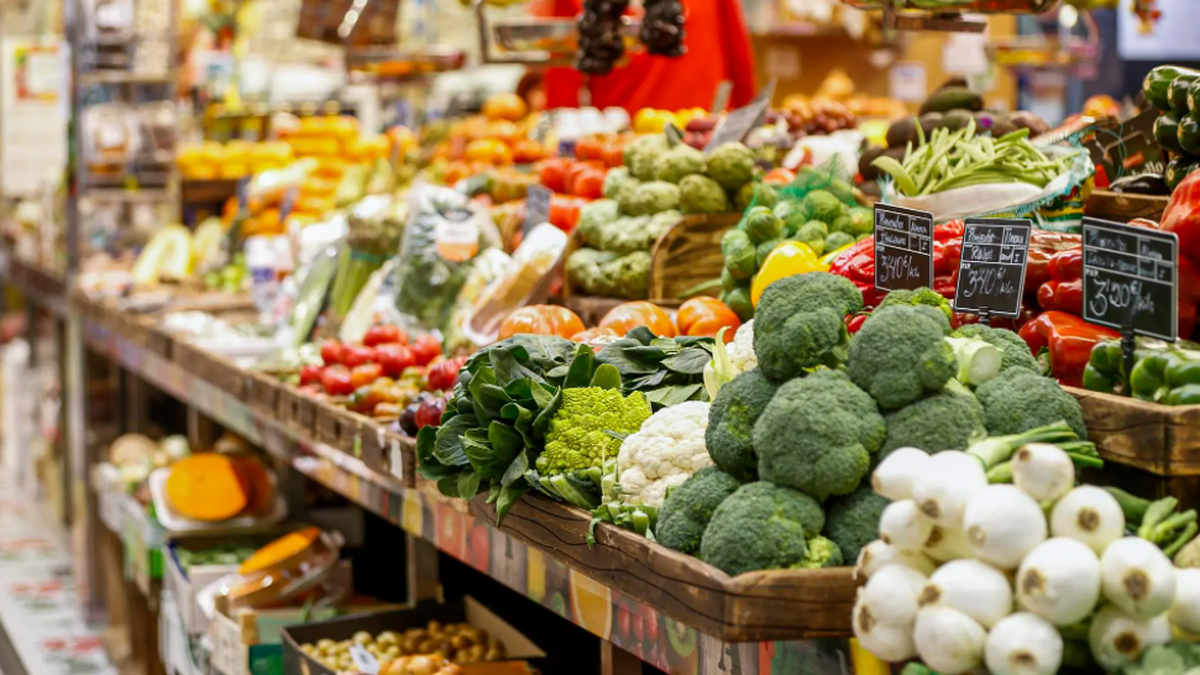The world has also had an inflationary jump in the first months of this year. There are two predominant factors: the end of the pandemic and Russia’s invasion of Ukraine. The first factor had been having an impact in the first two months and the second did so as of March. The current debate revolves around whether the jump in relative prices and inflation will end in something merely transitory or if, on the contrary, it will have more permanent features.
Given this situation, it is interesting to analyze the behavior of inflation in the first quarter in a set of twenty-five countries: Germany, Argentina, Belgium, Brazil, Chile, China, Colombia, Korea, Denmark, Spain, United States, France, Hungary, Indonesia. , Ireland, Italy, Mexico, Norway, the Netherlands, Paraguay, Peru, Russia, Switzerland, Turkey and Uruguay.
A first overview
Inflation had both in Argentina and in other countries a level jump. Second, in both 2021 and 2022, Argentina registered above-average monthly inflation rates. Two countries stand out that in two specific months had higher inflation than our country: in January 2022 Turkey had an inflation of 11.1% (Argentina 3.9%) and in March Russia had an inflation of 7.6% ( Argentina of 6.7%).
inflation world war russia ukraine iaraf.jpeg
The way out of the pandemic
The exit from the pandemic combined demand and supply factors. More demand for greater flexibility and use of accumulated liquidity; and restriction of supply due to delays in the operation of issues such as logistics and transportation. The intention of the countries was to act with economic policy, to prevent the higher inflation from lasting much longer than desired.
In the first two months of the year Turkey and Argentina registered the highest inflation rates, with 4.8% and 4.7%, respectively. At the other extreme, Indonesia and Chile, with zero variations and 0.3%, were the countries with the lowest inflation in this sample of twenty-five countries. For its part, the monthly average inflation for the two months was 1.2%, equivalent to 1.9 times that verified in the same period of 2021.
The incidence of the war on the prices of raw materials, oil and gas
The war unleashed by the Russian invasion of its neighbor has generated additional supply restrictions and rises in the prices of raw materials, oil and gas, among others. This rise in relative prices had an impact on the price level in March, and the concern that arises is whether there will be a second round effect, which ends in a new inflationary jump.
When analyzing the inflation registered in March, It can be seen that the highest rates were in Russia (7.6%), Argentina (6.7%), Turkey (5.5%), the Netherlands (3.6%) and Spain (3%).. But the biggest changes in the inflation rate were in the Netherlands, with inflation in March 2022 equivalent to 13.2 times the inflation in March 2021, Russia with an equivalence of 11.5 times, Paraguay with one of 9.2 times, Indonesia 7.7 times, Denmark 6.3 times and Germany 5.4 times. At the other extreme, the countries with the least change in the inflation rate were Mexico, with a rate in March 2022 equivalent to 1.2 times the rate in March 2021, Argentina and Hungary, both with a rate of 1.4 times.
A quarter with average monthly inflation of 1.5% globally
Considering the sample of twenty-five countries made up of Germany, Argentina, Belgium, Brazil, Chile, China, Colombia, Denmark, Korea, Spain, United States, France, Hungary, Indonesia, Ireland, Italy, Mexico, Norway, the Netherlands, Paraguay, Peru, Russia, Switzerland, Turkey and Uruguay; It can be seen that, as previously stated, the monthly average inflation for the first two months of this year was 1.9 times that of last year (1.2% versus 0.6%).
In March, the effect of the war was added, with the inflation rate being 3.1 times higher (0.6% versus 2.0%) as of March 2021.
When the first quarter of 2022 is considered as a whole, the average monthly rate was 1.5%, which annualized implies a rate of 19.2%. In the first quarter of 2021, the average monthly inflation had been 0.6%, that is, 7.9% annualized.
In short, both the end of the pandemic and the war have generated an annual rise of 11.3 percentage points in inflation.
Nadin Arganaraz
Director of the Argentine Institute of Fiscal Analysis (IARAF)
Source: Ambito




